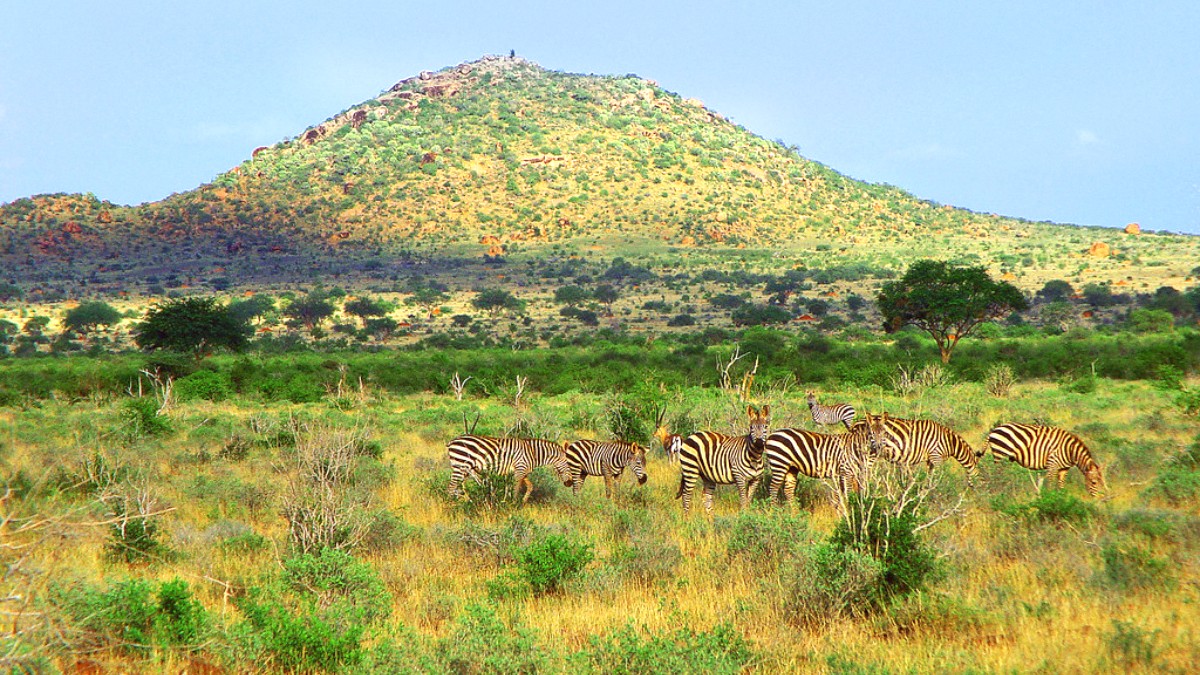
Kenya
Layering offers flexibility due to the significant temperature fluctuations between cool mornings and evenings and warm days. Long-sleeved shirts and pants protect from sun, dust, and insects. Fabrics like quick-drying synthetics or light cotton work well.
For the Cool/Dry Season (June-October), pack warmer layers. During the Warm/Wet Season (November-May), lighter layers suffice, but rain gear Packable rain jacket is a smart addition. For cultural visits, modest attire covering shoulders and knees shows respect.
Comfortable, closed-toe Walking shoes or light boots. Sandals or flip-flops work well for relaxing.
Sturdy hiking shoes or boots with good ankle support. Offers comfort and protection on uneven terrain.
You will be getting in and out of the vehicle frequently, so easy-to-manage footwear is good.
Always carry original documents and retain digital and physical copies separately. Print everything and store digital copies on your phone, in a cloud service, or email them to yourself. Keep physical printouts in a separate bag.
Kenya uses 240V and Plug Type G (British 3-pin rectangular plug). A Universal travel adapter is highly recommended. For mobile phones, Kenya uses a GSM network (900/1800 MHz). Check if your phone is unlocked and supports these bands. Local SIM cards from Safaricom (best coverage) or Airtel are available at Nairobi airport or retail stores. Data bundles are affordable.
Camera equipment for capturing the incredible wildlife is important. Bring a DSLR or Mirrorless Camera with a Telephoto lens (e.g., 200-500mm). Binoculars (e.g., Nikon ProStaff) are also important. Extra batteries and memory cards are a must. Dust-proof Camera bag is also advisable. For photography equipment and accessories, consider B&H Photo.
Consider cloud storage or an External hard drive for photos to protect precious safari memories.
An RFID-blocking wallet protects your credit card information.
Use TSA-approved luggage locks like Travel Smart Cable Locks.
Prepare a destination-specific first aid kit. Beyond standard items like bandages and pain relievers, include specific items for Kenya: your prescribed antimalarial medication, Anti-diarrhea medication (e.g., Imodium), rehydration salts, insect bite cream, and steroid cream. A comprehensive Johnson & Johnson Red Cross First Aid Kit offers a good base.
Insect repellent and sun protection are extremely important. Choose insect repellent with high DEET content (30% or more) for mosquito protection. Repel 100 Insect Repellent is a strong option. Pack high-SPF (30+) broad-spectrum sunscreen. EltaMD UV Clear Facial Sunscreen SPF 46 is a popular choice. A wide-brimmed hat and good quality sunglasses also offer important protection.
The most important items are binoculars and your camera with a telephoto lens. These allow you to observe and photograph wildlife from a distance.
If you undertake walking safaris (available in private conservancies), sturdy hiking boots and a lightweight daypack are useful. The daypack carries water, a camera, and other small essentials.
A highly recommended hot air balloon safari requires no special equipment beyond your camera. Dress in warm layers for the early morning pre-dawn flight.
Do not overlook small comfort and security items that can make a big difference during travel. For comfort during transportation, consider a Neck pillow, an Eye mask, and Earplugs. These help for long international flights and potentially bumpy road transfers.
Region-specific essentials unique to the Maasai Mara include a Dust mask or bandana, important for protection against dust on unpaved roads. A Small flashlight or Headlamp is also important, as safari camps can be dark at night.
Reduces plastic waste; many camps offer filtered water refills.
Useful for souvenirs and reducing single-use plastic bags.
Cuts down on single-use plastic cutlery.
A greener way to top up small electronics.
Most safaris feature luggage restrictions for light aircraft flights (typically 15-20kg/33-44lbs in soft bags). Check with your safari operator.
Consider packing cubes to organize your belongings and compress clothing, maximizing space in soft luggage.